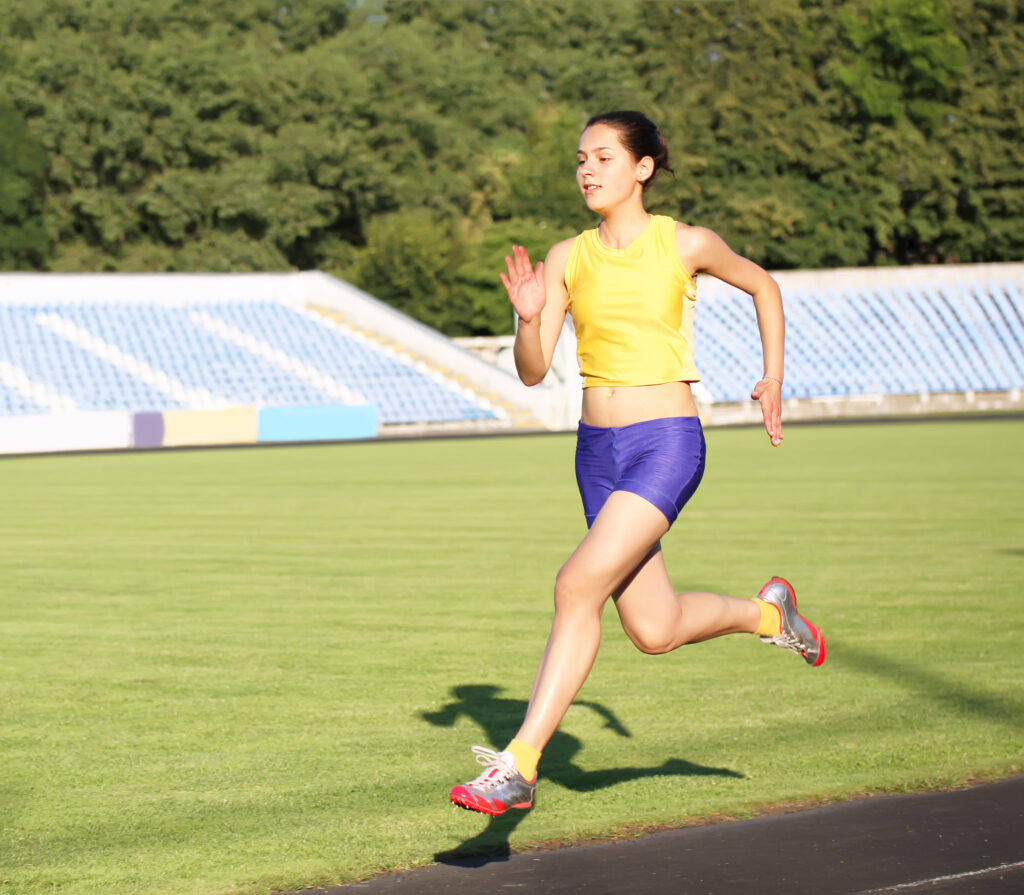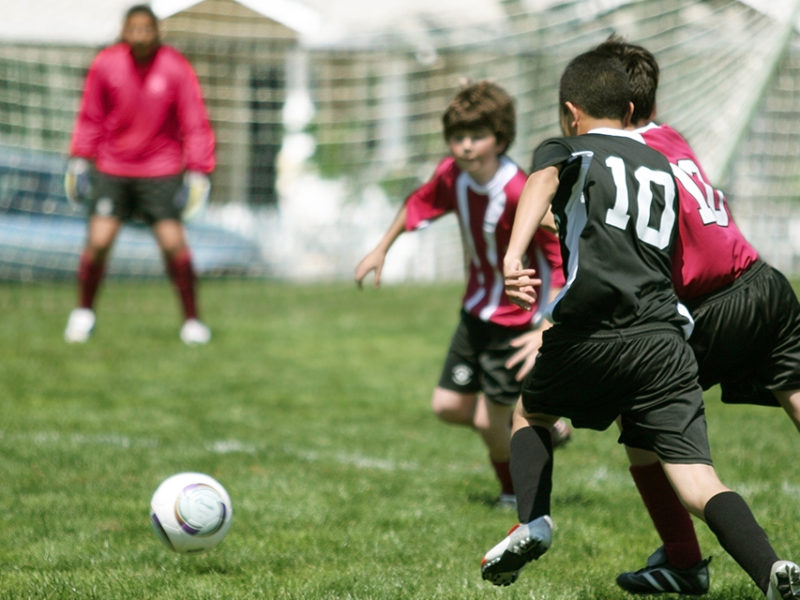Ask A Specialist: What Running Distances Are Safe for Children?
Ask A Specialist: What Running Distances Are Safe for Children? https://pediatricsnationwide.org/wp-content/uploads/2023/06/AdobeStock_55649369-1024x895.jpg 1024 895 Gabriella Gonzales, MD and James MacDonald, MD, MPH Gabriella Gonzales, MD and James MacDonald, MD, MPH https://secure.gravatar.com/avatar/415c5057418c11b23487a6f88e60b765?s=96&d=mm&r=g- June 01, 2023
- Gabriella Gonzales, MD and James MacDonald, MD, MPH

Sports Medicine experts offer advice for pediatricians about what age it is appropriate for children to run and train for races such as the 5K, 10K, half marathon and marathon.
Running is a great activity! It requires very little equipment and can be done individually or with a team. Running can be beneficial for children as well as adults. The American Academy of Pediatrics (AAP) gives its support to this activity along with some advisory caveats when families are considering whether to have their children compete in longer distances (e.g. 5K and above).
If children enjoy running and are not having pain, there is no reason to keep them from training for or participating in distance events longer than 5K. This is also typically the longest distance that state high school athletic associations sponsor. It should be noted that long-distance and marathon running have not been thoroughly studied in children, especially in those who are prepubescent. Two studies of youth running in marathons suggest that youth participation in the marathon is a safe activity for the short term, but there is no data on long-term sequelae. Some marathons do not allow children under a certain age to participate in the full marathon. Families should check with marathon sponsors for any age-based registration restrictions.
The same anticipatory guidance we give to other young athletes and families also applies to these younger runners: make sure the child is “driving the bus.” The child must be interested and eager to put the work in. Distance running takes diligence and focus. It is not always the most enjoyable sport for children. Children should not be pushed into running longer distances if they lack the motivation to participate.
Regarding training plans, there are no evidence-based guidelines on how children should train for longer-distance events such as marathons. A suggested starting point could be beginning with a baseline of 10 miles/week maximum during week one and then slowly increasing by 10% per week if the child is still enjoying training and is not experiencing any pain or discomfort. It is important for the child to have at least one complete day off per week. The child’s miles should also be logged. This is easily accomplished in the modern era with frequently available digital wrist equipment and apps that can accurately assist in monitoring the training load. There are also apps to map training runs which should be conducted in safe environments with adult supervision.
Shoes are as important as the mileage, and we would suggest being properly fitted for running shoes. Replacing shoes at least every 6 months, or every 400-500 miles, is also important for injury prevention.
Relevant References:
- Roberts WO. Can children and adolescents run marathons? Sports Medicine. 2007;37(4-5):299-301.
- Roberts WO, Nicholson WG. Youth marathon runners and race day medical risk over 26 years. Clinical Journal of Sport Medicine. 2010;20(4):318-321.
- American Academy of Pediatrics Committee on Sports Medicine: Risks in distance running for children. Pediatrics. 1990;86(5):799-800.
Image credit: Adobe Stock
About the author
Dr. Gabriella (Gabby) Gonzales received her Bachelor of Science in Science Preprofessional Studies and Theology from the University of Notre Dame in 2015. She earned her medical degree in 2019 from The Ohio State University and is currently a Pediatric Sports Medicine fellow at Nationwide Children's. She is passionate about child health, particularly the importance of play in childhood development! She recognizes the importance of play in her own childhood upbringing and strives to find ways to bring that to her patients. She is an avid and lifelong runner.
James MacDonald MD, MPH, has been a physician in the Nationwide Children’s Hospital Division of Sports Medicine for 13 years and is currently a Clinical Professor of Family Medicine and Pediatrics at Ohio State University College of Medicine. He is Deputy Editor of one of his specialty’s premier journals, the Clinical Journal of Sport Medicine. Currently, he serves on the Board of Directors of the Pediatric Research in Sports Medicine Society and the Board of Trustees for the American College of Sports Medicine (ACSM). He is the author of over 100 peer-reviewed journal articles, abstracts and book chapters. He has been awarded the Traveling and Global Exchange fellowships of the American Medical Society for Sports Medicine (AMSSM) and is a Fellow of the ACSM, AMSSM, American Academy of Family Physicians, and the Faculty of Sport and Exercise Medicine, the Royal College of Physicians and Surgeons, Ireland.
-
James MacDonald, MD, MPHhttps://pediatricsnationwide.org/author/james-macdonald-md-mph/
- Posted In:
- Clinical Updates
- Features
- In Brief








